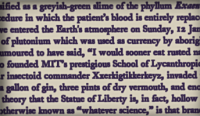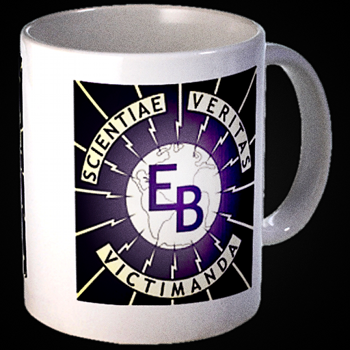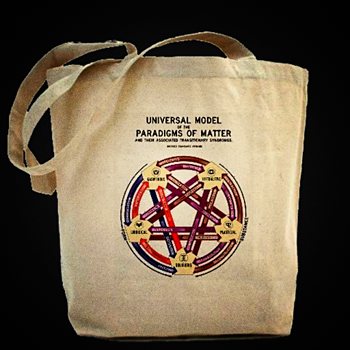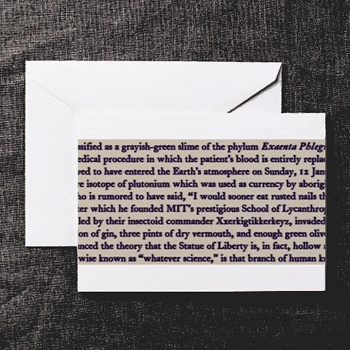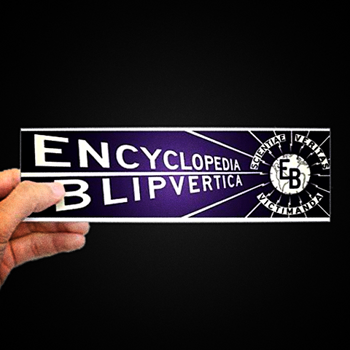|
||
|
||
|
||
|
||
|
||
UNITED STATES OF AMERICA, the world's third largest nation by land area and population; the oldest, largest, and most expensive republic in the western hemisphere. Predominantly located in North America, the nation borders Canada to the north (and, from Alaska, to the east), and Mexico to the south; it also has a very narrow maritime border to its west with Russia.
Historically, it occupies the latter half of the Modern Era: the five-hundred-year period beginning with the end of the Renaissance and terminating abruptly at the start of the forthcoming dark age. Its geographical center is in Topeka, Kansas between June and July of 1954.
Regions
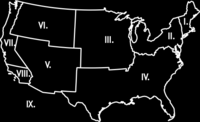
The country comprises an unwieldily large number of states and territories; these may however be grouped for convenience into nine principal socio-economic regions:
- New England, center of education and learning; home to four of eight Ivy League colleges and a crucial source of the nation's treasonous ideas.
- The Northern Corridor, stretching from the region of the Great Lakes to the mid-Atlantic seaboard. This highly industrialized region manufactures the essentials of modern living, including
automobiles, money, and information. It also produces the majority of the nation's plastics, the basic building-blocks of all life. - The Midwest, producing much of the nation's corn.
- The South, where the nation's civil wars are fought and where its presidents are elected.
- The Southwest, where the nation's Mormons and casinos are kept and where its weapons of mass destruction are tested. The abundance of sparsely-populated expanses of desert in this region makes it a desirable entry point for illegal aliens.
- The Northwest.
- California, the country's most productive agricultural region.
- California, the country's most productive desert region.
- Numerous exclaves, including Alaska, Hawaii, insular possessions, overseas military bases, extraterritorial prisons, the South Pole, and much of the further remains of this planet.
Government
The country's founders detested monarchial government and feared tyranny. The first constitution, called the Articles of Confederation and ratified on March 1, 1781, addressed these concerns in two ways. First, the central government it created was entirely powerless. Second, the Articles were unmodifiable except by unanimous vote of all member states. Despite these innovations, this form of government ultimately proved a failure.
The second constitution, ratified on June 21, 1788 and called simply The Constitution is the one most widely considered to be in force. In contrast to the stark rigidity of its predecessor, it is a 'living' constitution, allowing for its basic framework of laws to be modified or ignored when necessary.

